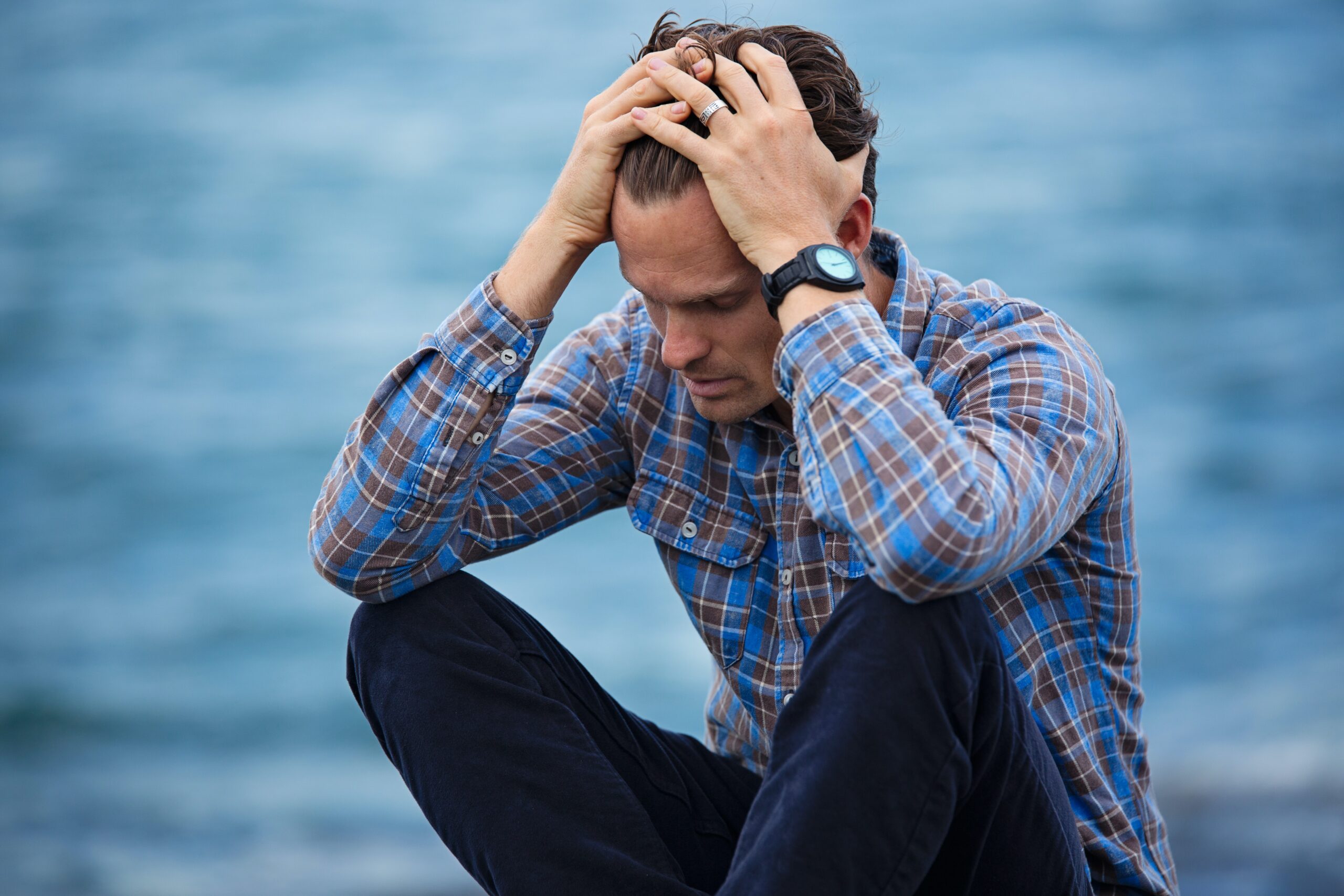What is Anxiety?
Anxiety is a natural stress response for protection from our nervous system. It is a survival instinct when we are in danger. However, when we think we are in danger when we actually are not, we over-activate our nervous system. This constant overload becomes chronic anxiety. Our mind is so powerful that we can activate our sympathetic nervous system through our thinking, which in turn affects our behavior. We then experience anxiety.
The Experience of Anxiety
- Worrying about things that we cannot control
- Being engaged in negative self-talk
- Reacting to unknown fears
- Being afraid of making a mistake or letting others down
- Unsure how to act in situations
- Being easily overwhelmed
- Not knowing how to cope with how we feel, what we think, or a given situation
- Constant what-if scenarios
- Wanting to do something but feeling frozen or stuck to act or avoiding or running away from something
Anxiety can be debilitating because a common tenet is not knowing what one is supposed to do – how to act or behave. The world may seem overwhelming while we feel like our heart is beating out of our chest, we’re sweating, and our vision becomes close up and limited (aka foveal vision) with racing thoughts in our head. Our body begins to collapse and we curl up, shaking while looking down at the floor.
But there is hope! These are examples of the anxiety experience. When we discover how someone does anxiety, then we can counter it!
Anxiety Solutions
 There are a number of techniques paired with belief and environmental changes that one can practice on a regular basis to begin to alter how they respond to stressors. Through regular practice, one can re-train themselves on how they act.
There are a number of techniques paired with belief and environmental changes that one can practice on a regular basis to begin to alter how they respond to stressors. Through regular practice, one can re-train themselves on how they act.
We can train ourselves to relax. We can practice going from foveal vision into peripheral vision. We can slow down the thoughts in our heads and dissolve negative self-talk. We can look up at the sky and stretch, elongating and opening up our bodies. We can practice slow, rhythmic breathing. We can practice to talk to ourselves like we are someone we love. We can learn that in a future unknown situation, we can handle it.
The question is – what do you want to experience instead of anxiety? When I work with people, we identify together how they experience anxiety – what they are doing to go into an anxious state. I then ask them what they want to experience instead of that experience. Most often people will say that they don’t want to be anxious! Well of course! But what do you want to experience? I will repeat this question until it lands for the person because “not being anxious” is not an experience, it is not a goal, it is not something that we can practice. However, if someone wants to be calm, serene, confident, trusting, at ease, tranquil, peaceful, excited, etc. there are things we can practice.
- What is the body language of someone who is confident? What are they telling themselves?
- If you are at peace, how do you know? What do you feel in your body?
- If you are tranquil, how are you breathing?
- When you are excited, what does your face look like? Seriously. If you are walking down the street and you see someone who is excited, how do you know?
- If you’re at a presentation and the most confident public speaker is up, how do you know instantly?
Our body language mirrors our emotional state and our emotional state mirrors our body language.
